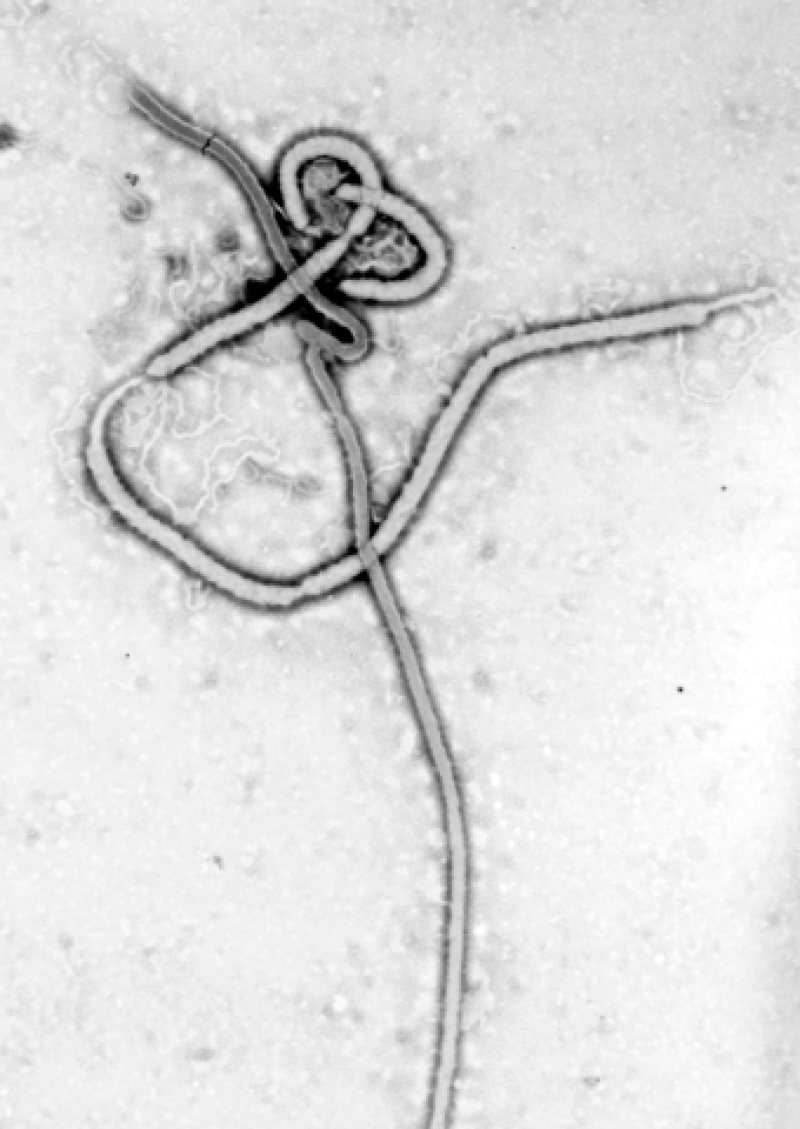In the wake of The World Health Organization predictions that nearly 10,000 people will contract Ebola every day by December, the editors at Nature have compiled a special issue detailing the epidemic and examining the virus’ global potential from the chance of an airborne-transmission mutation to educating healthcare responders not familiar with infectious disease protocols:
The current Ebola outbreak is the largest since the virus was discovered in central Africa in 1976, and the World Health Organization in July named it a ‘public health emergency of international concern’. But the world’s response so far has been unable to stop the epidemic, and experts say that only a vast expansion of public-health measures can end it. Meanwhile researchers are expediting clinical trials of experimental drugs and vaccines that have shown promise in animal studies. Here you can follow Nature‘s full, up-to-date coverage of the crisis as it unfolds, and also read a selection of stories about Ebola from our archive.
Read the full, original issue: Ebola Outbreak in West Africa Special
Additional Resources:
- GMO tobacco ‘mystery serum’ rescues Ebola virus victims, Genetic Literacy Project
- Ebola virus response “inadequate” to match new potential mutations, Genetic Literacy Project
- Are Ebola drug researchers developing ‘death drugs’ that could wipe out humanity? Yes, by logic of anti-GMOers, Genetic Literacy Project































